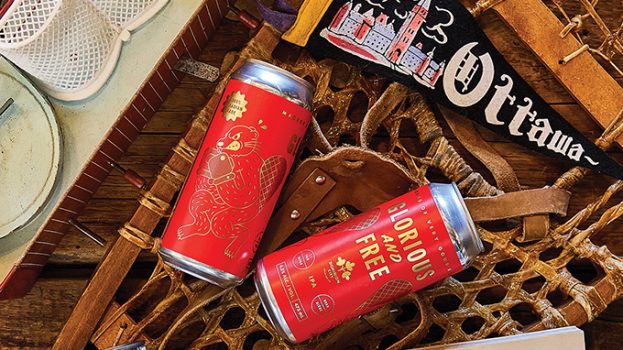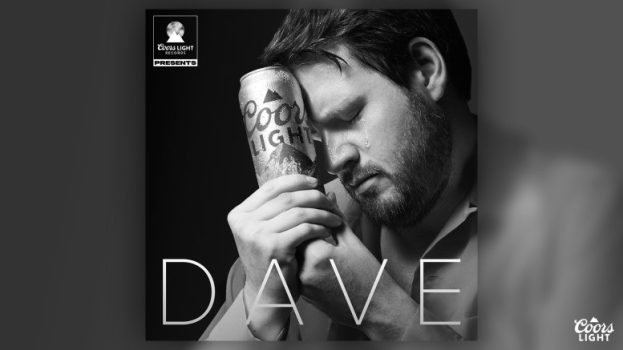You’re reading a story from Strategy C-Suite, a weekly briefing on how Canada’s brand leaders are responding to market challenges and acting on new opportunities. Sign-up here to receive the latest stories.
By Will Novosedlik
Way back in 1959, The Coors Brewing Company switched to aluminum beer cans – a game-changing advance in the use of recyclable packaging. As a result, the company has claimed that its historic switch makes it a recycling pioneer.
While that’s technically correct, the switch was not made for environmental reasons. In actual fact, the concept of “the environment” was not yet on anyone’s mind in 1959. The story is much more nuanced.
Up until 1958, beer was sold in steel cans, but the steel leached iron into the liquid, giving it a metallic taste. Aluminum had no metallic aftertaste. Also, at that time, the steel used for beer cans had no salvage value. Switching to aluminum solved the taste problem and would have generated significant cost efficiencies in the bargain, due to the fact that aluminum could be recycled.
Another nuance is that Coors was not actually the first beer company to use aluminum cans. In a recent press release, Molson Coors’ CEO Gavin Hattersley claimed that Coors Light led the way by pioneering the recyclable aluminum can. While it did develop the first two-piece, seamless, all-aluminum beverage can (which became the industry standard), Honolulu-based Primo Brewing is reported to be the first to have used aluminium cans in 1958.
In an interview with strategy, we asked Samira Amin, senior marketing manager for the Coors Family of Brands in Canada, if there were any milestones in the company’s history that would lend credibility to its pioneering status.
“Yes, absolutely,” said Amin. “In the early seventies Coors introduced the first nationwide recycling program, ‘cash for cans,’ which kicked off recycling in America. In the nineties Coors became the first brewer to recycle more cans than it produced. And then in the early 2000s, we committed to re-use or recycle 99% of the waste that is produced onsite at our breweries.”
Further building on Coors’ “Sustainability is in our DNA” tag, Coors Light recently stated that it would eliminate plastic rings from its packaging globally by the end of 2023 – a laudable contribution to the fight against climate change. The elimination of plastic rings will extend also to the company’s entire North American portfolio of brands by the end of 2025, a change that will remove 850 tons of plastic waste from the environment annually.
According to Hattersley, “just as Coors led the way by pioneering the recyclable aluminum can, Coors Light will lead the way by moving out of single-use plastic rings in North America.”
Again, Coors Light is not the first company to move away from plastic rings. Corona began experimenting with a paper-based alternative back in 2018, enabling it to recover more plastic from the environment than it generated by June 2021. At the end of last year, all multipacks of Corona export volume for cans were free from plastic rings, replacing them with a biodegradable fiber eco-pack. That puts it two years ahead of Coors Light’s 2023 deadline.
When The Coors Brewing Company introduced aluminum cans back in 1959, it did not patent the innovation. In a praiseworthy move that revolutionized the industry, it actually encouraged other beverage makers to follow suit.
So when we asked Amin why Molson Coors did not reprise Corona’s cardboard rings, just as the industry did with its aluminum cans back in the day, she responded: “We’ve chosen cardboard packaging that works well with our processes and our business.” The new packaging will make use of a wraparound printed cardboard sleeve, whereas the Corona solution is a cardboard ring that functions in the same way as plastic rings do.
When asked why it will take until the end of next year to implement, Amin pointed out that retooling is a long process.
“Over the next few months, we’re starting with setting our processes, testing the machinery and testing packaging for quality control,” says Amin. “Then we start with one brewery and move on to the next to make sure that we have applied our learnings from previous installations while minimizing downtime as we go.”
Peter Pigeon of packaging design specialist Pigeon Branding and Design, commended Molson Coors on its decision to finally remove the rings.
“They’ve taken a paper board, which can have recycled content in it, and they’re going ‘circular’ with it, cradle to cradle,” says Pigeon. “They’re using a product that is fully recyclable, which I support because if you look at things like compostables, you’re still essentially burying something in the ground. The terms ‘compostable’ and ‘biodegradable’ are a bit misleading. What does ‘biodegradable’ actually mean? It means it breaks down sooner or later, but what does it break down into and how long does it take?”
In this era of purpose-driven brands, it behooves us to ask how this lines up with Coors Light’s purpose. “Coors Light stands for refreshment and renewal,” says Amin. “It’s not just about refreshing yourself with a cold beer. It’s also about refreshing the way we do things and renewing the environment.” As part of that commitment to renewal, Coors Light will also make a financial contribution to Plastic Bank in its efforts to prevent 200,000 kilos of plastic from entering oceans this year.

























